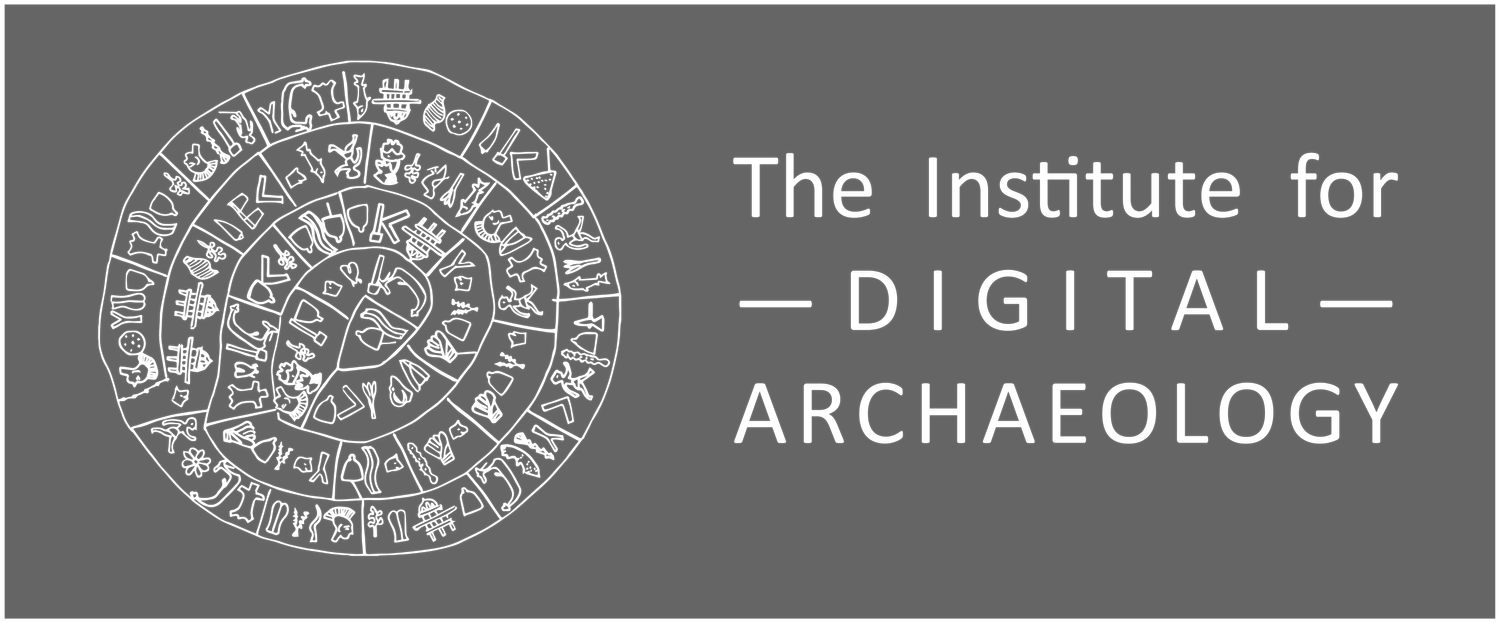Our 2nd Season in Marsoulas
/By: Suzanna Hamer (IDA intern)
Suzanna Hamer and Benjamin Altshuler get to work in the cave
This summer I was given the opportunity to study and image prehistoric cave art in Marsoulas, alongside an eclectic and extremely talented mix of people. I arrived in Toulouse and, speaking no French, promptly got lost – an impressive feat if you’ve ever seen the size of the airport. I hurried to meet Roger Michel and company at the villa, and we got started the next morning. I was lucky enough to take a class about prehistoric cave art so I knew at least a little about it, but I wasn’t ready for how breathtaking it would be in person. The first cave we visited was Niaux, which features huge caverns and walls covered in depictions of various creatures. It was hard to imagine how people used to create such realistic images under flickering torchlight, and how paintings that were made thousands of years ago could still have such an incredible effect.
An example of cave painting in the interior of Marsoulas cave
The entrance to the Marsoulas cave is hidden, tucked into an unsuspecting curve in the road. Only experts would know how to get there, and thankfully we were with two such people: Gilles Tosello and Carole Fritz. We were able to fully explore the cave – this included a lot of crawling and wiggling through tight spaces, and even a little swimming through caverns at the end. Using reflectance transformation imaging (RTI), we captured many of the ancient art in the cave that had been previously vandalized or damaged. There was a feeling of reverence in the cave, knowing you were standing somewhere that had only been accessed by a few humans in the last 16,000 years. Drawings of bison and other animals were carved into the walls, but for me, the piéce de résistance was a drawing that Gilles and Carole believed to be of an actual human. It was far down in the cave, and only one person could view it at a time, but we managed to image it with RTI. Hopefully with this RTI technology, people will be able to learn more about these prehistoric caves and the astonishing people who inhabited them.




